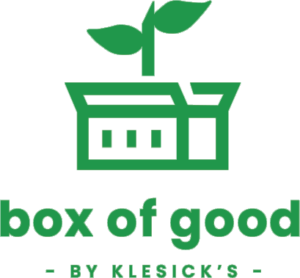Well, sort of off to the races. We have started the first 1000 lettuce and onion transplants. We will be planting transplant trays of lettuce every 10 days for the next two months. Round two is in the queue! We have a mountain of compost that needs to be spread and we will need to start mowing the cover crops to feed the soil, and eventually the plants, and eventually our customers!
We will be holding off any field work until the ground dries a bit more. Okay, quite a bit more! When I walk out in the fields it is more like a slog; squish, squish, squish. I am fine with it for now. Last year it heated up in April and sucked all the moisture out of the soil, which was great for April, but when August rolled around, that April heat wave didn’t leave much moisture. And I really don’t have any control of the weather anyway. But we are ready when the timing is right!
Managing moisture is one reason why cover cropping is so important. A cover crop is a crop of wheat, or rye, or vetch or weeds, that is planted in the late fall, to protect the soil from rain (compaction), to store nutrients and to feed the soil bacteria and mycorrhizal fungal populations that break down the nutrients that the plants need to grow.
Currently, the cover crops, like most of your lawns, are loving this wetter spring. While it can be challenging to find a dry time to mow our yard, I want the cover crops to grow as much as possible. And then when the timing is right, we will mow them down, spread the compost, and begin to till the fields. It will be a feast for all those bacteria and fungi I mentioned earlier.
Healthy soils are the key to healthy people.
International troubles are being felt on local farms
The Ukrainian-Russia war is highlighting how interdependent the world has become. With Russia’s vast oil and natural gas supplies and the Ukraine’s farmland, we are seeing the ripple effect everywhere. I just ordered the first round of diesel for the farm season and a pallet of organic fertilizer –Ouch! (I would gladly pay more if it would end the conflict). For us the costs are felt, for sure, but I can only imagine the farmers who farm thousands of acres. And then you have to factor in the types of farms, wheat, corn, and soybean farmers will see higher input costs, but will also see greater demand from the shortage, especially if the conflict doesn’t resolve before planting season in the Ukraine.
And if the war is resolved, then all of us farmers will have paid a premium for our fuel and fertilizers with prices decreasing. The other challenge is that while U.S. grain farmers will likely benefit from the shortage caused by the war, dairies, poultry, hog, and beef type farms will be adversely impacted due to the increasing cost of fuel and feed. But then next year, the grain farmers will have to save their seed or buy more to plant their crops and the cost of the seed will then be higher for them because of the farm costs from this year, but hopefully fuel and fertilizer costs will stabilize.
I could write and write about this. Nothing is simple any longer. For now, we are praying for peace and planning to grow food.
Tristan, Joelle and the Box of Good crew
